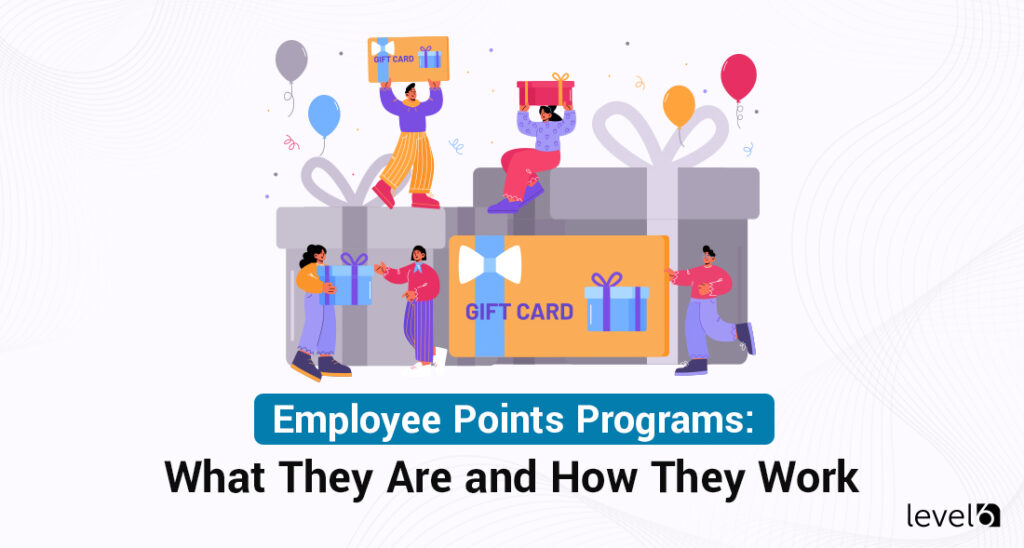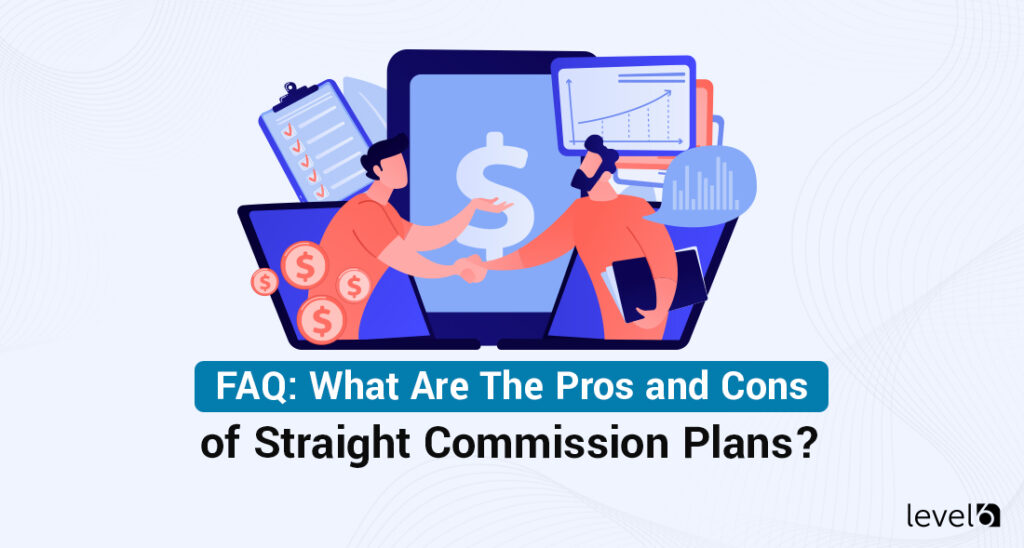In competitive industries, long-term incentive plans can play a critical role in attracting, motivating, and keeping top talent. Rather than focusing on short-term goals, long-term incentive plans are designed to reward employees based on their organizational contributions over a long period of time.
Long-term incentive plans don’t just help boost performance, foster a sense of ownership, and promote wealth creation for employees, but they also are a means through which companies can fuel growth over the long haul.
LTIPs come in many forms, though they most often involve granting employees equity-based incentives. If you’re considering incorporating a long-term plan into your organization’s incentive strategy, stick with us to learn the ins and outs of designing and implementing the most effective long-term incentive plans.
What Are Long-Term Incentive Plans?
Long-term incentive plans are offered by companies in order to reward their employees for reaching certain milestones. These milestones are typically aligned with goals that increase shareholder value.
A number of conditions or requirements often have to be fulfilled by employees in a standard long-term incentive plan. In some versions of these plans, qualified employees will receive both stock awards and special capped options.
While long-term incentive plans are a way for employees to receive rewards for achieving specific goals, this type of plan ultimately fuels organizations’ long-term growth. In a well-designed long-term incentive plan, the goals outlined in the plan will match the company’s growth plan.
What this accomplishes is the ability for key employees to understand where they should be focusing their efforts. They know exactly which performance factors and metrics to keep an eye on to ensure that they are personally rewarded while also knowing they are helping the company grow.
Long-term incentive plans have the added benefit of helping retain top talent. In a competitive economy, these types of long-term rewards programs can allow you to attract and keep the cream of the crop as your company continues to grow.
Looking to learn more about an incentive, rebate
or reward program for your business?
Curious about costs?
Try our instant pricing calculator:
Understanding the Different Types of Long-Term Incentive Plans
There are a number of different common types of long-term incentive plans that you will want to consider if you’re thinking about implementing such a program.
Stock Options
Some long-term incentive plans offer employees stock options after a specific period of time being employed with the company. Workers can buy company stock at a discount, with their employer taking care of the rest of the bill. The percentage of shares they own can increase as their seniority rises in the organization.
Since employees can purchase stock at a lower price, they can hold on to the stock or sell it at a higher market price to generate a profit.
Interestingly, stock options were historically one of the most popular long-term incentive vehicles. In the past ten to twenty years, however, the use of stock options in LTIPs has significantly declined. Other incentives have risen to the occasion as stock options have become less desirable, including performance-based LTIs, restricted stock units, phantom stock, and stock appreciation rights.
Restricted Stock Units (RSUs)
When employees receive a restricted stock unit, they are promised a certain number of shares of the company’s stock at a specific date down the road. Since the reward here is only a right to the promised stock and not the stock itself, they don’t actually come with any voting rights. In order for the employee to receive the stock, they must exercise the RSU.
Once they exercise it, they will have standard voting rights applicable to the class of stock they’ve received.
With RSUs, there are usually vesting conditions that must be met. Usually, this vesting occurs over a specific period of time. Once they vest, employees have the choice to hold on to the stocks or sell them.
Stock Appreciation Rights (SARs)
This is a similar method to a stock options incentive plan, except that employees aren’t actually required to buy shares.
Instead, they get a cash bonus equal in amount to the increase in stock price or instead in the form of additional shares.
Employee Stock Purchase Plans (ESPPs)
Another form of long-term incentive plan is known as an employee stock purchase plan. Through this program, employees have the ability to buy company stock at a discount. This is often accomplished through payroll deductions.
It’s worth noting that this type of plan often focuses more on providing an ownership stake to employees rather than offering direct long-term incentives.
Performance Shares
Employees must meet specific performance goals in order to receive rewards through this type of long-term incentive program. The goals can vary from company to company depending on their needs and goals for organizational growth. This could mean looking at performance on an individual or team level or assessing financial metrics such as profitability or revenue growth.
Employees are granted a specific, predetermined number of shares through a performance shares program when certain goals are met.
Phantom Stock
When employees are enrolled in phantom stock plans, they won’t actually receive shares of the company stock. Instead, they will receive the full value of the shares at the time of vesting. This is different from stock appreciation rights in that the latter program only offers employees appreciation in value between the initiation of the program and vesting.
Another difference between phantom stock plans and stock appreciation rights is that employees usually don’t have to exercise phantom stock, while they typically do need to exercise stock appreciation rights.
Long-Term Cash Incentive Plans
Several different potential metrics can be used to determine when employees are eligible to receive a long-term cash incentive.
Rather than offering stock options, this is a plan where employees receive cash bonuses once they have met specific long-term performance goals. An organization might set strategic objectives or use financial metrics in order to determine which employees will be eligible for a bonus.
Deferred Compensation Plans
Deferred compensation plans allow employees to move either a bonus or a portion of their salary into an account that increases overtime through investment returns.
As a part of the plan, a predetermined date is set when employees receive the amount that has accumulated.
Are you looking for a way to motivate your employees while also creating a positive work environment with just the right dose of competitive spirit? Check out our recent post about the President’s Club incentive and its benefits.
The Benefits of Long-Term Incentive Plans
There are a number of compelling reasons why a company might choose to implement a long-term incentive plan. Employees and employers can benefit from this type of plan so long as the program’s goals are matched with the organization’s overarching goals.
Encourages Employees to Stick Around For the Long Haul
One valuable benefit of long-term incentive programs is that they can help you retain top employees over an extended period.
Rather than frequently having to replace and retrain new employees, which is a costly endeavor indeed, you can make it appealing to the cream of the crop to spend their entire career with your company.
Focuses on Long-Term Goals and Growth
While there are many benefits to offering short-term incentive plans, they can sometimes fail to see the bigger picture on their own. Beyond this, long-term incentive plans are frequently focused on professionals at the executive level, who might be more motivated by the ability to receive bonuses or rewards for achieving bigger-picture, longer-term goals while working with the company.
A well-designed long-term incentive program will align the interests of the company with the interests of its employees over the long haul. The focus isn’t on meeting quarterly or even annual targets but instead emphasizes milestones and achievements that help the organization move forward and achieve sustainable growth over a longer period of time.
Saves Resources
Of course, replacing executives or other employees can be very expensive and time-consuming. It is said that it costs six to nine months’ salary on average to replace a salaried employee.
Beyond that, the entire flow of the business can suffer when personnel transitions happen more often than not.
Boosts Performance and Motivation
Long-term incentive programs can be incredibly powerful motivators. Employees are driven not just to perform what is expected of them but also to truly go above and beyond.
Individuals are naturally motivated to excel when they are promised significant and meaningful rewards on the other end, which can boost performance and productivity substantially.
Providing Long-Term Financial Security
Employees can accumulate wealth over the course of their careers through long-term incentive plans.
This offers them a sense of financial security while also benefiting from a sense of ownership and long-term commitment.
Tips For Designing Long-Term Incentive Plans
Long-term incentive programs can be a great way to help ensure that your team of higher-ups is in it for the long haul. At the same time, it’s worth noting that many companies have also started offering long-term incentive plans to employees who aren’t at the executive level.
Let’s look at some tips you’ll want to remember when designing a plan to help drive company growth and boost employee retention.
Setting Your Goals
One of the most vital considerations when designing a long-term incentive program is ensuring that the performance goals you have chosen align with your organization’s strategic objectives. Moreover, these goals should be clear and measurable.
There is a perfect balance point to be found where goals are at once challenging while also still attainable and where employee motivation and performance reach their highest possible heights.
Selecting Grant Size and Frequency
Determining the appropriate grant size and how often they are distributed is not a decision you will want to take lightly. The balance you will need to strike involves managing costs and effectively managing your employees.
You’ll want to consider several factors when selecting grant sizes, including job level, industry benchmarks, and performance history.
Choosing Your Vesting Schedules
When will your employees be entitled to the rewards listed in their long-term incentive plan?
You’ll want to create a schedule that helps ensure that your employees are committed and motivated over the long term without placing the payout date so far in the future that it feels unattainable.
Striking the Balance Between Incentive Programs
Long-term incentive plans can be an excellent addition to your organization’s incentive system. At the same time, it’s also important not to overlook the effectiveness of short-term incentive programs.
Some organizations will build periodic recognition and rewards into their long-term incentive programs to ensure there isn’t a slump in motivation and productivity. Others will combine a long-term incentive program with other scheduled short-term incentive campaigns to help keep morale and drive high when it matters most while also maintaining long-term commitment.
Long-Term Incentive Plans: Final Thoughts
Long-term incentive plans can be a powerful tool in your organization’s growth while also helping attract and retain the best talent in the industry. At the same time, these incentives are often only offered to executives and other high-level employees. While having an LTIP in place can be greatly beneficial to qualifying employees and the company alike, it’s important not to overlook the value of short-term incentive plans to help drive growth and provide motivation.
Long-term incentive plans are usually designed to motivate executives to achieve results over a time period longer than a year. For employees at other levels in your organization, this type of structure likely won’t be the most effective for boosting productivity and increasing motivation. Short-term incentive programs are usually geared toward goals and milestones that take a year or less to achieve. There are many different possible iterations of short-term incentive plans you can implement in order to achieve your desired goals.
At Level 6, we specialize in fully custom incentive, reward, and rebate programs. For nearly two decades, we’ve worked with companies ranging from Mercedes-Benz to St. Judes Research Hospital to help them design and manage an incentive program that is custom fit to their needs.
If it’s time for you to boost productivity, improve performance, and drive growth, an incentive program might be exactly what the doctor ordered. To get started or to learn more, schedule a call with us today.

Claudine is the Chief Relationship Officer at Level 6. She holds a master’s degree in industrial/organizational psychology. Her experience includes working as a certified conflict mediator for the United States Postal Service, a human performance analyst for Accenture, an Academic Dean, and a College Director. She is currently an adjunct Professor of Psychology at Southern New Hampshire University. With over 20 years of experience, she joined Level 6 to guide clients seeking effective ways to change behavior and, ultimately, their bottom line.

 Demo
Demo



















